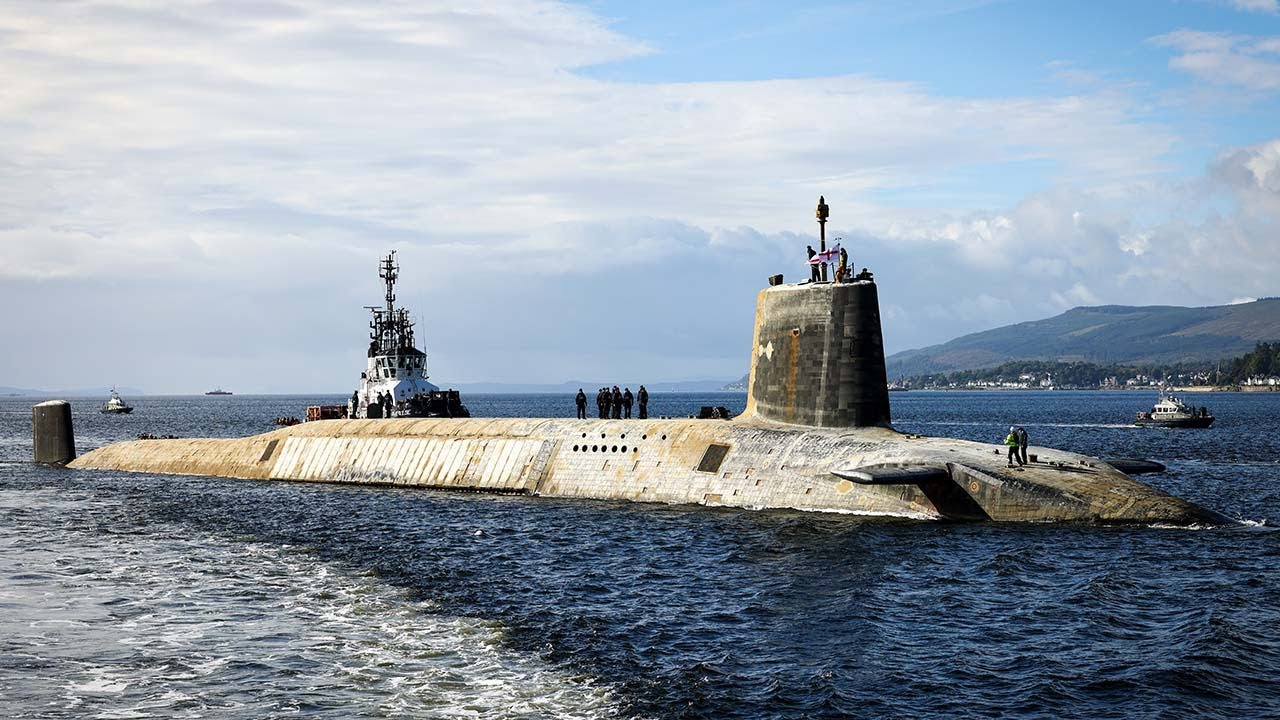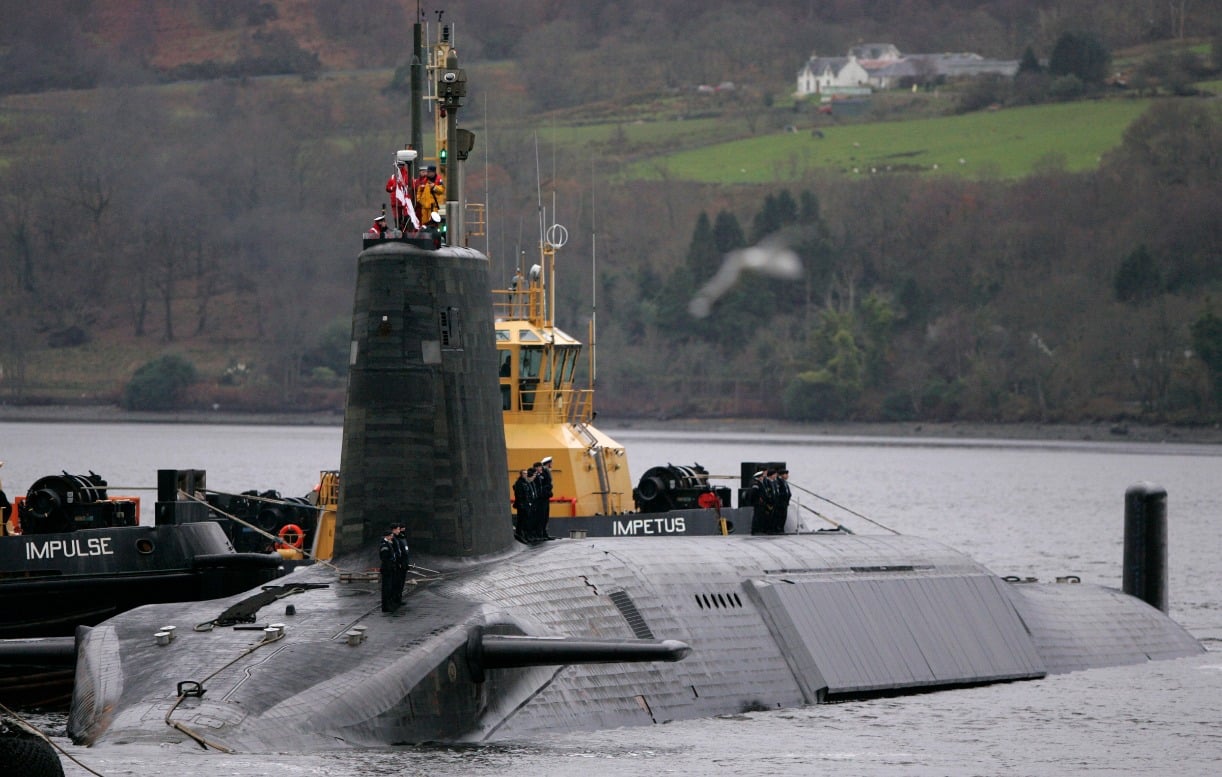Vanguard-Class: The Most Powerful Missile Submarine (Not Made in America)
The Vanguard-class ballistic missile submarines, pivotal to the UK's nuclear deterrence, are set for retirement after three decades of service.
Summary and Key Points: The Vanguard-class ballistic missile submarines, pivotal to the UK's nuclear deterrence, are set for retirement after three decades of service.

-Displacing 16,000 tons and carrying U.S.-purchased Trident missiles, the Vanguard-class includes four submarines: Vanguard, Victorious, Vigilant, and Vengeance.
-These submarines are powered by Rolls-Royce PWR2 nuclear reactors and equipped with Spearfish torpedoes.
-They will be replaced by the larger Dreadnought-class submarines, which will continue the nuclear deterrence mission with improved capabilities.
-The Dreadnoughts, expected to serve for 40 years, highlight the UK's ongoing commitment to maintaining a formidable underwater deterrent force.
Vanguard-Class Submarines: The End of an Era for Britain's Nuclear Deterrent
The Vanguard class, a hulking ballistic missile submarine of British origin, will soon be replaced after a multi-decade tenure.
With a displacement of 16,000 tons when submerged, the Vanguard is the largest submarine in operation with the British Royal Navy. The Vanguard is so large that she displaces twice as much as the submarine she replaced, the 8,000-ton-displacing Resolution class. But after three decades of service, the Vanguard has become outdated, and all four submarines of the class – Vanguard, Victorious, Vigilant, and Vengeance – are slated for retirement.
Cold War Deterrence
The Vanguard was designed for the reasons you would expect a NATO ballistic missile submarine unveiled in 1994 to be designed: nuclear deterrence. But unlike the United States, whose nuclear triad allocated deterrent systems across air, land, and sea, the British focused intensively on sea-based nuclear deterrence. This focus made the Vanguard class especially important, leaving these submarines almost solely responsible for the United Kingdom’s deterrence mission.
To bolster the Vanguard’s ability to deter, the British purchased Trident missiles from the U.S. Prime Minister Margaret Thatcher completed the Trident purchase, impressed with the Trident’s ability to reach targets up to 4,000 miles away. Conveniently, the Trident could be fired from the Vanguard’s ballistic missile tubes, augmenting the massive submarine’s abilities without the need for extensive reconfiguration.
The Vanguard is also equipped with four 21-inch torpedo tubes that allow the vessel to carry 16 Spearfish heavyweight torpedoes. The Spearfish is an impressive torpedo, capable of hitting targets while moving faster than 90 miles per hour to deliver a 660-pound explo

sive charge. The Spearfish allows the Vanguard to participate in both anti-submarine and anti-surface missions.
The four Vanguards are each built around a Rolls-Royce PWR2 nuclear reactor, which converts water into steam to drive the engines and generate electricity. The hulking Vanguard can reach speeds over 25 knots – quite fast for a 500-foot, 16,000-ton-displacing vessel. And of course, the nuclear reactor allows the Vanguard to operate with unlimited range. The Vanguard could circle the globe 40 times before needing to refuel.
Swan Song for Vanguard-Class
The Vanguard is slated for retirement. The Dreadnought class is being built to replace it. The Dreadnought, like its predecessor, will carry the Trident missile. Presently, three Dreadnoughts are under construction, while four are planned to be built in total. The new vessel is larger even than the Vanguard, measuring 504 feet and displacing 17,000 tons.
Once commissioned, the Dreadnoughts will bear the names Dreadnought, Valiant, Warspite, and King George VI. Each vessel is expected to have a service life of 40 years – twice as long as the Vanguard was rated to serve. Indeed, the British taxpayers are expecting the Dreadnought to last a while – the program cost 31 billion pounds.
About the Author: Harrison Kass
Harrison Kass is a defense and national security writer with over 1,000 total pieces on issues involving global affairs. An attorney, pilot, guitarist, and minor pro hockey player, Harrison joined the US Air Force as a Pilot Trainee but was medically discharged. Harrison holds a BA from Lake Forest College, a JD from the University of Oregon, and an MA from New York University. Harrison listens to Dokken.
All images are Creative Commons.


